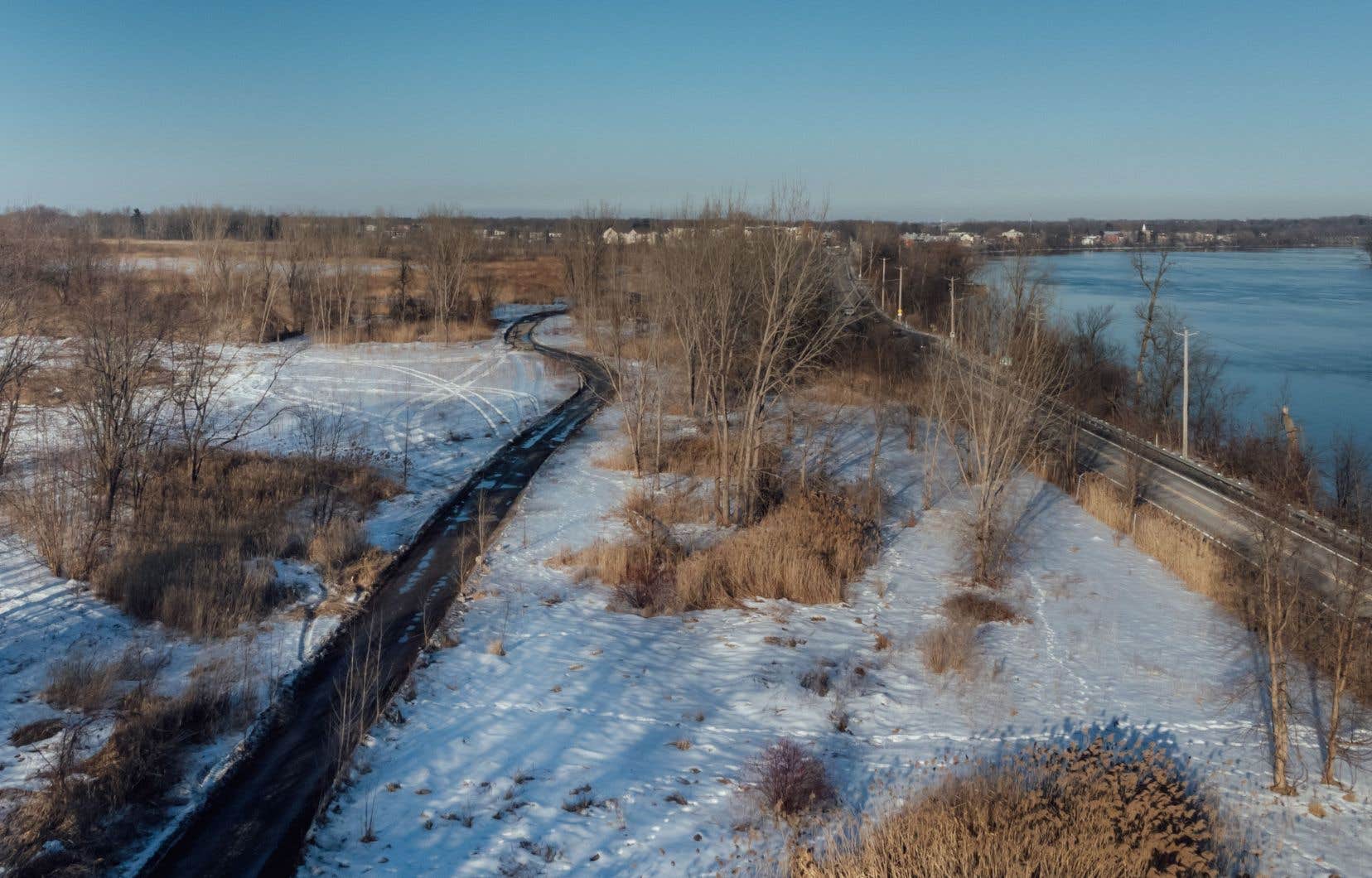Northvolt says it absolutely needs water from the Richelieu River to operate its future factory, but the Endangered Species Act risks blocking this crucial stage of the project, the details of which are still unknown. This federal legislation very strictly protects the habitat of the copper redhorse, an endangered species of fish.
This is what the Quebec Center for Environmental Law (CQDE) and the Society for Nature and Parks (SNAP Quebec) affirm, in a joint public outing this Thursday to alert “on the potentially high risks posed by the future factory on the survival and recovery” of this species which only exists in Quebec. Its situation is so critical that the government has been funding an artificial reproduction program for 20 years to try to prevent it from disappearing.
What worries the two environmental organizations is Northvolt’s desire to pump water from the Richelieu River and discharge it into the watercourse, upstream of municipal drinking water intakes, after use. This “will be used for cooling equipment and, to a lesser extent, as part of the manufacturing process”, the company has already indicated, but without specifying what volumes will be necessary. However, it is claimed that all water discharges into the river will comply with current environmental “requirements”.
However, lawyers from the CQDE and scientists from SNAP Québec believe that the discharges risk causing “thermal pollution” which would have the effect of harming fish habitat, which is prohibited under the Federal Act on fisheries, but also to harm the “critical habitat” of the copper redhorse, which is prohibited under the Species at Risk Act (SARA).
In this context, Northvolt will absolutely have to obtain a “permit” from the federal government. And this permit can only be granted if it is requested for “scientific research”, an “activity which benefits the species” or if the project “only affects the species incidentally”.
This approach is not simple, as we can see in the file for the Contrecoeur industrial port project. The promoters may have obtained the green light for their project in March 2021, but they are still waiting to obtain the permit that would allow them to destroy elements of the critical habitat of the copper redhorse in the St. Lawrence River.
“Costly impasse”
The CQDE and SNAP Quebec are therefore asking Northvolt to turn to a system which will not use water from the Richelieu River and which will also not result in discharges into this watercourse which brings together the only two known spawning grounds for the copper redhorse.
“It is out of concern for social responsibility that we intervene at this stage of the authorization process, firstly to prevent another threat from further putting the copper redhorse in hot water, but also to prevent promoters of the Northvolt project get bogged down in a costly impasse,” explains Alain Branchaud, biologist and general director of SNAP Quebec.
“The division of the project into several phases has the consequence that certain authorizations could be issued without considering the impacts of subsequent phases, and without ensuring that the entire project will respect environmental laws,” adds Anne-Julie Asselin, vice-president. president of the CQDE.
Contaminated soils
Applications for water pumping and discharge have not yet been filed by Northvolt. The company has only undertaken to destroy wetlands and wooded areas on its site which until now served as habitats for several species, some of which are in danger. She is waiting for the green light from Quebec to build her “giga-factory”, the details of which are unknown.
Water withdrawal will require authorization from the Minister of the Environment, Benoit Charette, under the Environmental Quality Act. Same thing for “the discharge of this water after use in the process”. Any intervention in a wildlife habitat, such as the Richelieu River, also requires “prior authorization” from the ministry.
In addition to the water from the plant, stakeholders consulted by The duty fear that current and future work will cause leaks of contaminants still found in the site’s soils and which result from decades of manufacturing chemicals, fertilizers and explosives on this land.
The analysis of the risks represented by contaminated soils, but also the water pumping and discharge project, would have been among the subjects addressed within the framework of an impact study and an environmental assessment carried out under the aegis of the Office of Public Hearings on the Environment (BAPE). But the Legault government rejected this idea.
